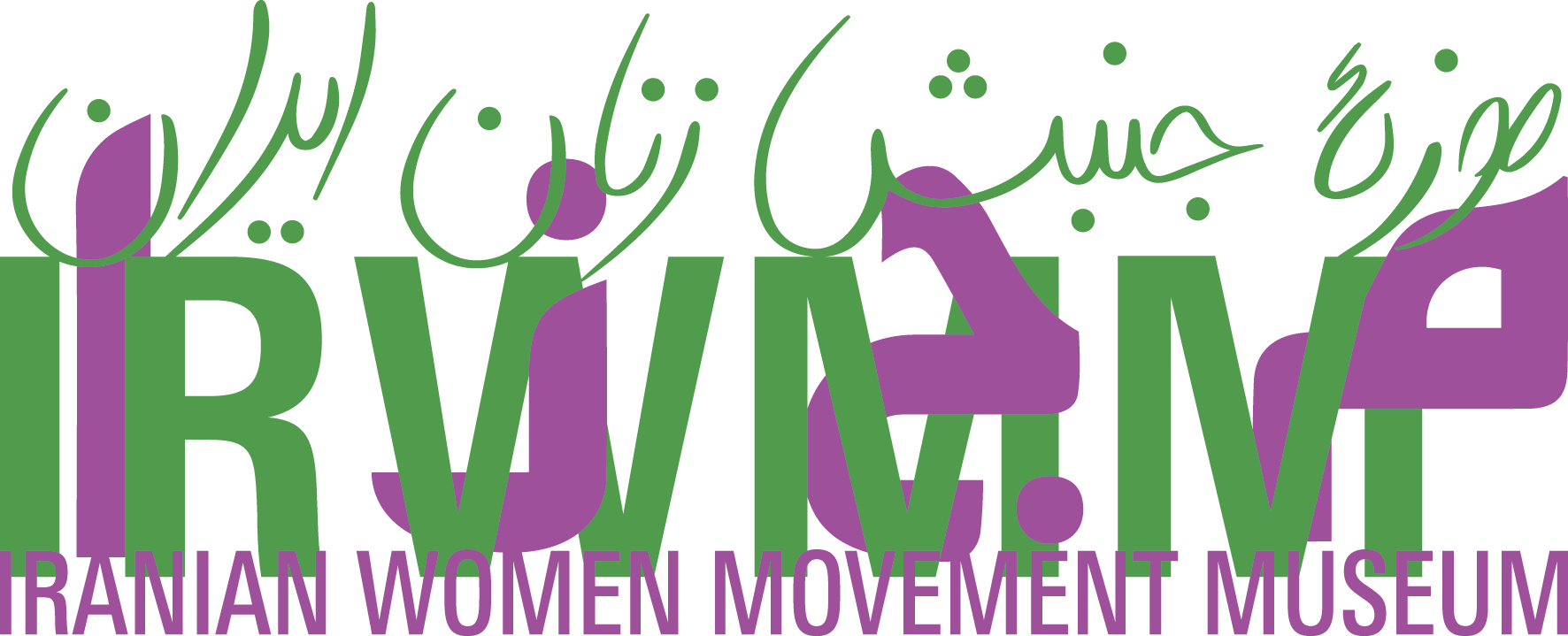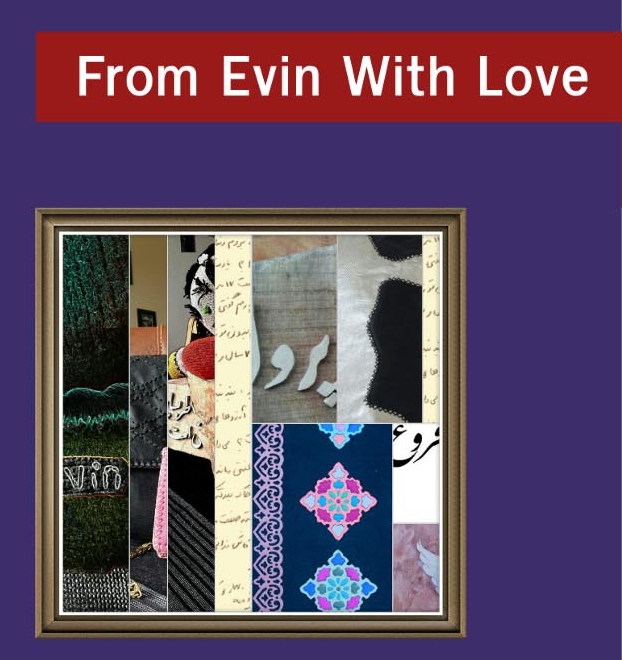I received the cardboard tape recorder, handicraft by Nazanin Deyhami, inmate in Evin Prison’s women’s block, two weeks after her death. At the time of her passing, Nazanin was only twenty-nine years old. The cause of her death in November 2017 was an asthma attack brought on by heavy pollution in Tehran.

Blog
sitting in Evin Prison in Iran is this year’s Andrei Sakharov prize recipient – Narges Mohammadi. Mohammadi was awarded the prize “for her leadership in campaigning for peace, justice and the abolition of the death penalty, as well as her unwavering efforts to promote the human rights and freedoms of the Iranian people, despite persecution that has forced her to suspend her scientific pursuits and endure lengthy incarceration.”
Narges is currently serving a 16 year sentence. She is an Iranian physicist, engineer and human rights defender.
Halleh Ghorashi - This exhibition is the first stage of the Iranian women’s museum project, which showcases handicrafts made by women inmates (prisoners of conscience) in Evin Prison. The stories and imaginaries connected to these handicrafts make them much more than just objects.
Marga Martens – One might wonder what are pure and goodly deeds and what is commendable and seemly conduct? Sacrificing your freedom for spiritual concepts seems to me a pure and goodly deed.
Mona Holm - It is a tremendous pleasure for me to be here with you at the Humanity House in Den Haag, today, the 9th of March 2018, and see the fruits of years of hard and dedicated work. What we are part of just now is a truly remarkable event. This is an inauguration we have been hoping for and longing for, during years, but have not quite been able to understand how could be realized.
Parastou Forouhar - The opening of the exhibition we have gathered here to see is a beautiful small step toward a greater hope and idea – a museum that represents the women’s movement in Iran.
Evin Prison is situated at the foot of the Alborz mountains in Tehran. The prison officially began operations in 1961 as a detention center for people awaiting trial. However, under the Islamic Republic, political prisoners served their entire sentences in the prison.
This exhibition is part of the oral history of the women’s movement research project within the framework of the Women’s Movement Museum. It encompasses subjects such as women’s biographies, events, associations, and creations in the artistic, literary, and social fields.
Lorem ipsum dolor sit amet, consectetur adipiscing elit. Pellentesque molestie suscipit est, quis faucibus dolor condimentum nec. Vivamus vitae tempor elit.


